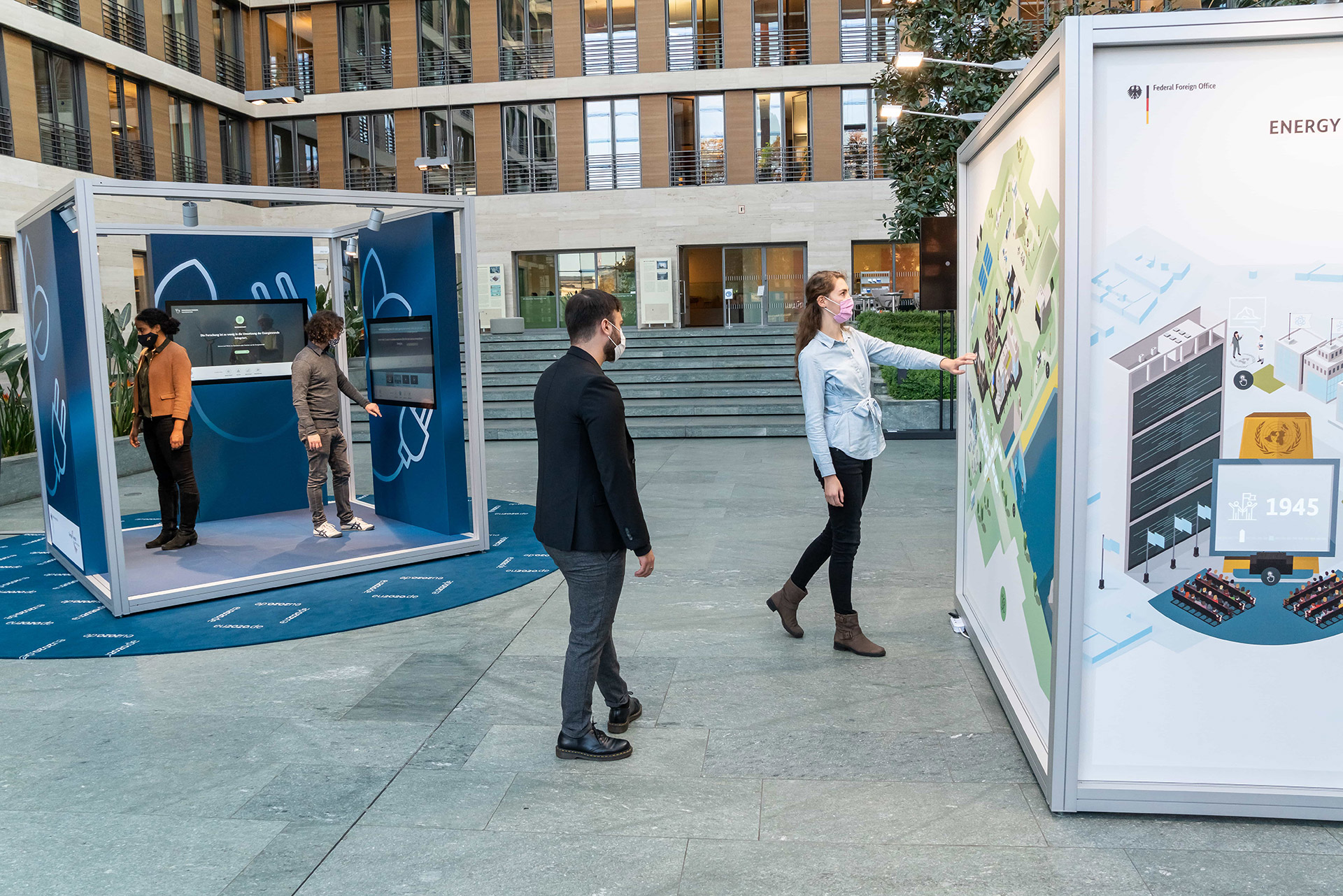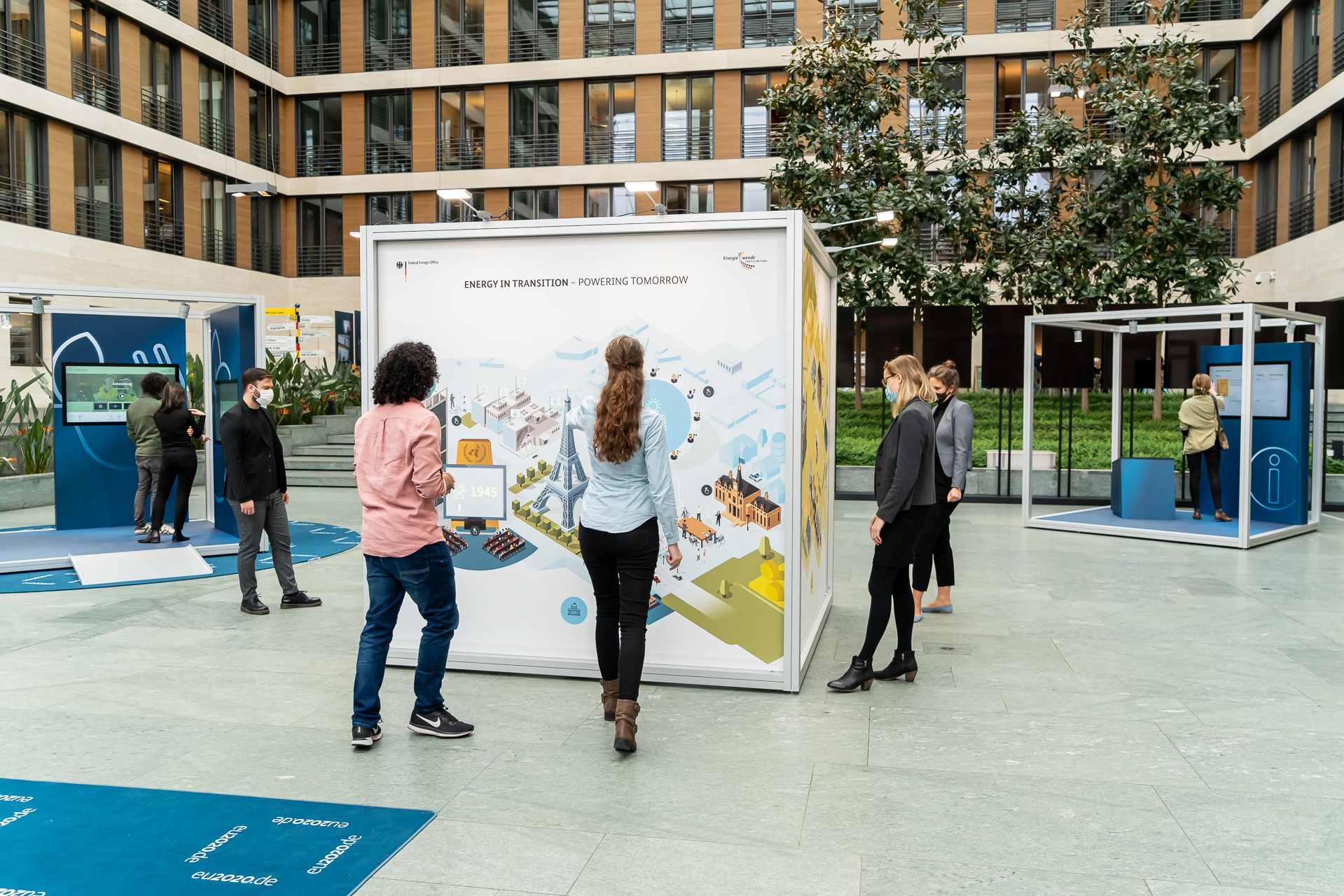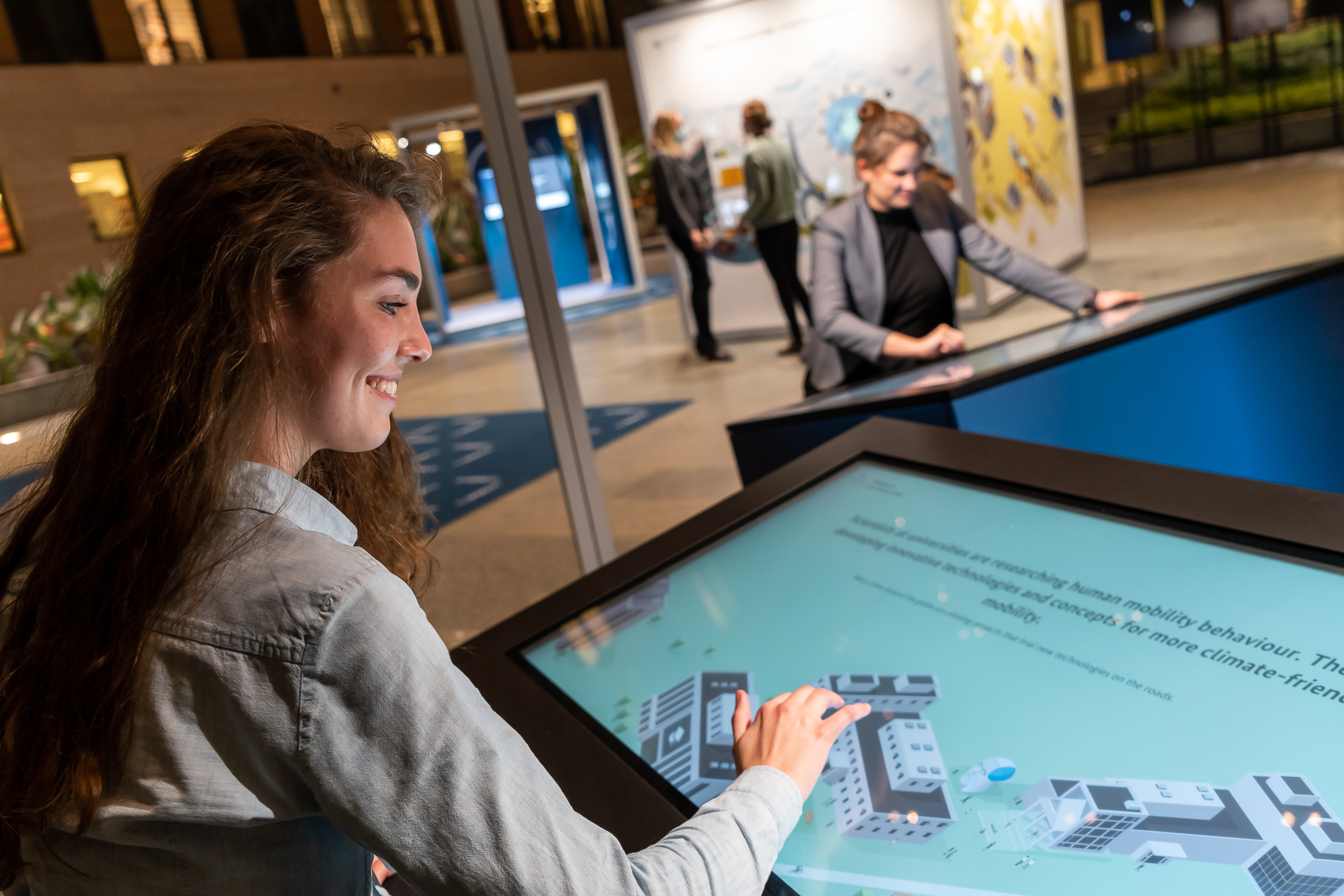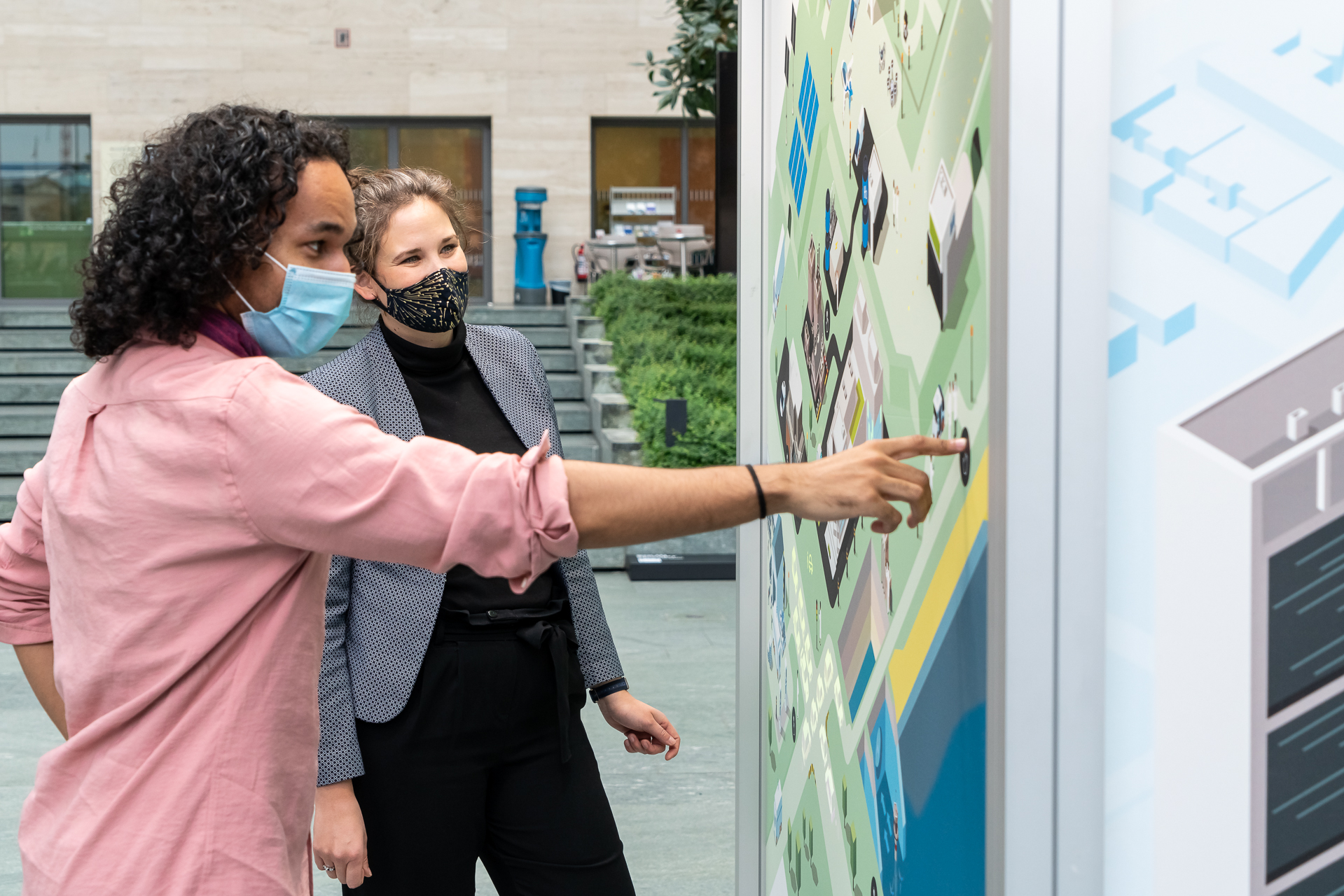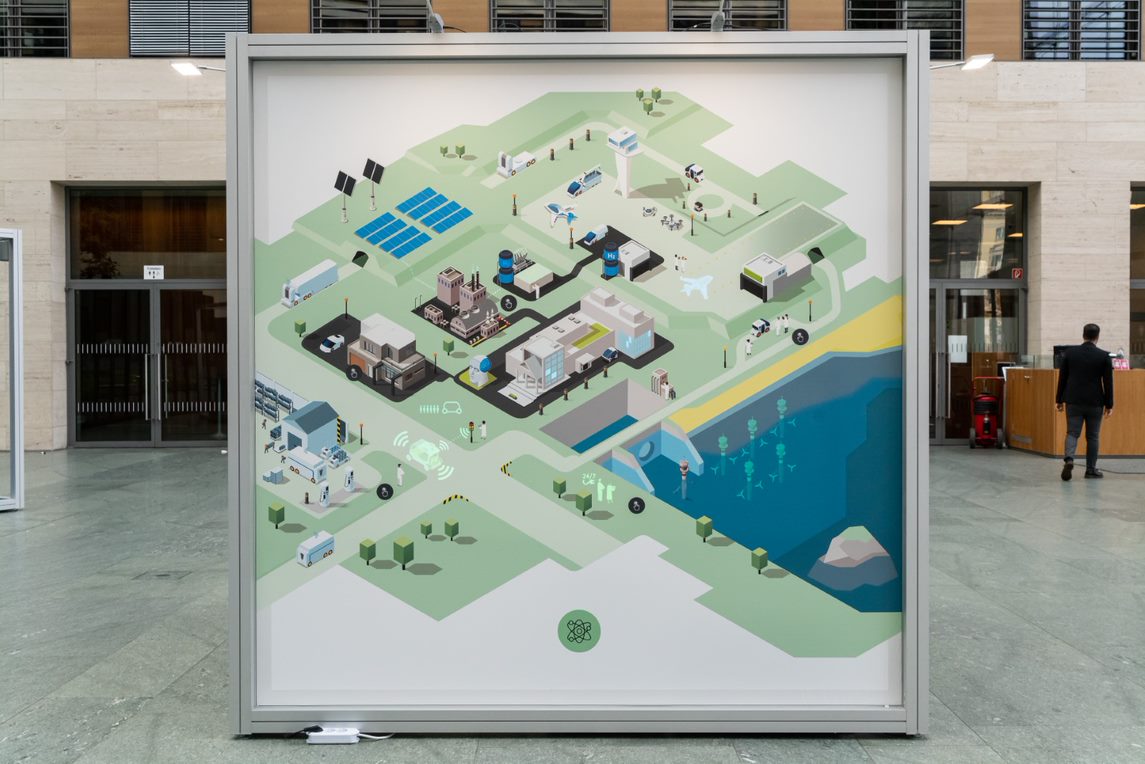The energy transition worldwide
The energy transition is a key element of action against climate change. Renewable energy and energy efficiency are considered to be key to reducing greenhouse gases, which are responsible for anthropogenic climate change. The energy transition also drives innovation, promoting growth, prosperity and employment in forward-looking industries. In addition, it can help wean us from our dependence on oil and gas.
The idea of switching our energy supply to renewable energy makes many citizens sceptical, provoking questions such as: ‘Isn’t that too expensive? What will happen to the people who work in the coal industry? What will happen with regions without much sun or wind? What geopolitical impacts will the energy transition have and what does that mean for our security?’
To find answers to these and other questions, it is a good idea to change perspectives.
The energy transition is unstoppable.
In 2018, renewable energy accounted for 17.9 per cent of global end energy consumption.
For power generation in particular, the share of electricity produced from renewable energy is increasing, with no end in sight. In 2019, the share of renewable energy in the total global power generated rose to 27 per cent. This share is broken down into 58 per cent hydropower, 22 per cent wind energy, 10 per cent photovoltaic energy and 8 per cent bioenergy. The share of renewable energy in the electricity mix (including hydropower) is currently highest in China, the USA, Brazil, India and Germany. But other countries, such as Argentina, Australia, Israel, Mexico, Turkey and Viet Nam, are also seeing sharp increases in the share of installed capacity from renewable energy.
In industry, transport and buildings, however, the share of renewable energy is still comparatively low. However, progress is being made in these areas too.
Renewable energy offers huge potential.
Not only can we be supplied with climate-friendly energy and protect the climate, we can also improve air quality and benefit our health.
Worldwide, more and more people are gaining access to electricity, especially from renewable sources. Despite this progress, 860 million people, many of them in sub-Saharan Africa, still lack access to electricity. For the countries in this region, as well regions in South Asia and in South and Central America, decentralised systems such as mini solar power plants that operate completely off the grid have an important role to play.
To restructure our energy system sustainably and successfully, it is essential to adapt consumption, use available energy efficiently and come up with a suitable market design and storage options. Restructuring the energy supply system is complex and is highly dependent on local circumstances, such as the availability of sun, wind and water. This means that there is no one-size-fits-all solution. However, regions and countries can learn a great deal from the experiences of others and can join forces to promote the restructuring of the energy supply system worldwide. After all, to create a secure, sustainable and affordable energy supply system, we need joint solutions.
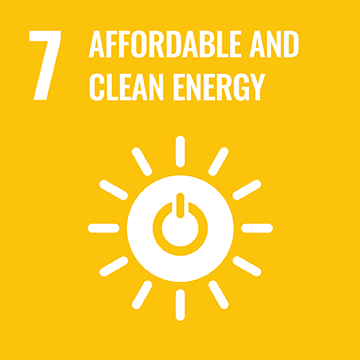
"Sustainable Development Goal 7 (SDG 7): Ensure access to affordable, reliable, sustainable and modern energy for all"
Media Library
Would you like to learn more about the energy transition – around the world and in your local community?
Click through the articles, studies and video clips in the online library.


